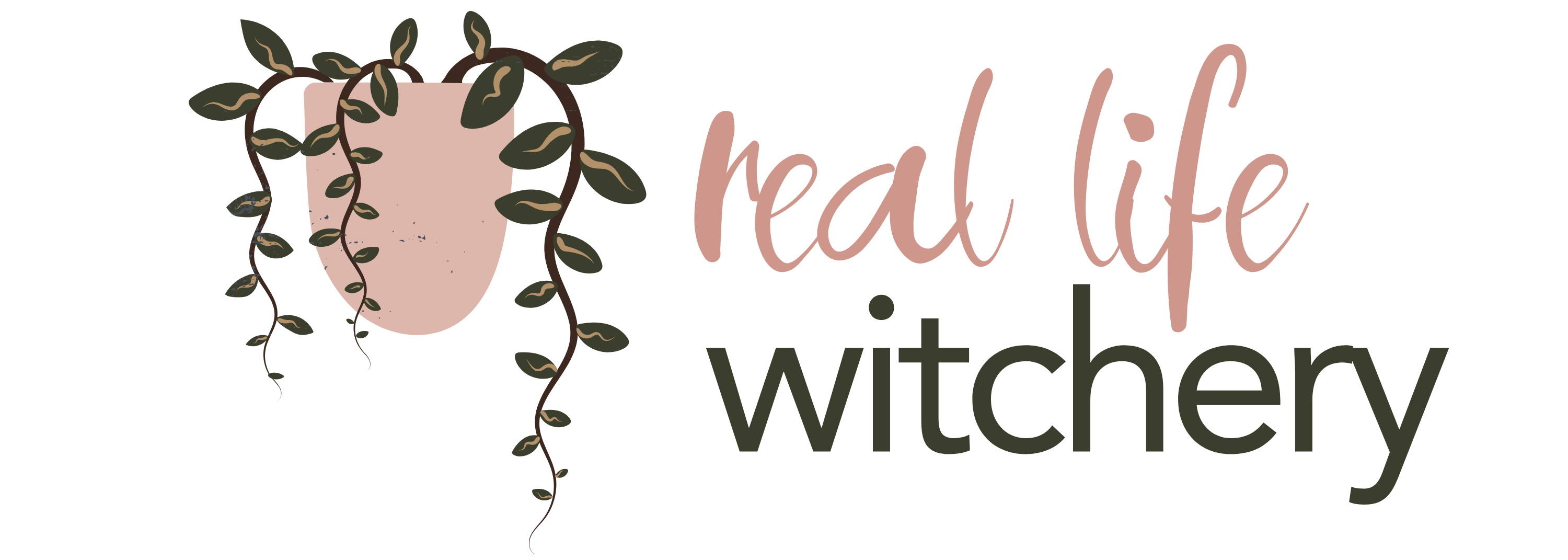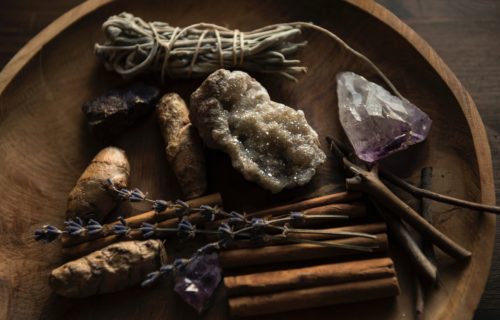
Devotion to Deity: Part II
In the previous blog post, I talked about why priestesses and witches often find themselves working in devotion to deity. This post picks up where that post left off and in this post, we will cover how to connect with deity.
The first step in the path to deity devotion is connection with deity. We connect with deity through prayer, meditation, ritual and other spiritual practices. Every time we turn our attention to deity in a purposeful way, it can be a sacred act.
Many people expect a named deity to connect with, but really, the first step is to examine your beliefs where the gods are concerned. There is no one-size fits all sort of deity connection, it’s very personal to each practitioner. Are you a polytheist? If so, are you a hard or soft polytheist? Below are some common “–theist” explanations that may help you get started on the exploration of your beliefs.
- Monotheism is the belief in the existence of one deity.
- Polytheism is the belief in the existence of many deities. (hard or soft) Hard polytheists believe that deities are separate entities. They are distinct beings, not aspects of a whole, or archetypes. Soft polytheists often believe that a deity is an aspect of a whole universal consciousness. For example, a hard polytheist believes that Artemis is the goddess of the hunt. She has a personality, a history, and is a goddess in her own right. A soft polytheist might view Artemis as a huntress goddess, or “the huntress,” or one aspect of the Great Goddess, or one aspect of the Universal Light.
- Dualism is the belief in the existence of two complementary and opposite forces (which can be viewed as deities).
- Animism is a belief that a spirit or energy resides in every animate or inanimate object.
- Atheism is the belief in no deities.
- Deism is the belief in an existence of a supreme deity as a source of limited existence.
- Monism is the belief that the universe is one in substance and deity.
- Panentheism is the belief that deities are in all things but they also transcend it.
- Panpsychism is the belief that all things have a mind or something similar.
- Pantheism is the belief that the universe is a deity.
- Spiritualism is a belief that asserts the existence of deities.
- Henotheism is the belief in one deity but also in other deities as well.
- Agnosticism is the belief that knowledge of a deity is impossible
Here are some journaling questions that might help with your explorations:
-
- I think goddess (or god) is…
-
- How do plants and animals fit in to my worldview? Do the gods look after them?
- If god is inside each of us, is it inside of plants as well?
Once you are clear on what your beliefs are, it creates a container that will allow you to do your inner work, research and make your devotional choices.
Are you feeling pulled to any specific deity? If so, there’s where you can begin. If not, I suggest meditating on the desire for deity connection. When you clear your mind and concentrate on that question, allow answers to come to you. If you are pretty new to meditation, I suggest that you picture a clean blackboard, or a white space, and take note of what comes to you in that space. It might be words, pictures, feelings, names, or even sounds. I highly suggest you get your journal out beforehand so that you are able to journal about your experiences. You’ll be able to refer to this later if you want to do research.
Speaking of research, it’s good to take what you received through your intuition or meditative experiences and use it to research. Look into any names, symbols, sounds, pictures and see if there’s a deity that encompasses all or most of what you’ve experienced. Make sure that when you are doing your research that you are looking at good sources. Unicorn Jennifer’s Goddess Emporium of Love and Light, might not be as good of a resource as a scholarly site with historical references.
When you’ve made the decision to devote yourself to a specific god/dess (or archetype, if that’s your thing), I suggest you create a shrine for Her, or at least, make some space for her on your current altar. For inspiration, look at how she was honored in old times, at ancient poetry or stories. We can glean a lot of information from myths told about your deity. If this really interests you, my group program –The Independent Witch– goes into more detail about how to use myth to research and connect with deity.
You’ve chosen a deity to connect with and made the first steps of connection by creating your shrine, or making space for Her on your altar. You’ve researched her symbols or poetry. In the final installment of this series, we will talk about creating your devotional practice.




Pingback: Devotion to Deity: Part I – Ivy Rose Latchford
Pingback: Devotion to Deity: Part III - Ivy Rose Latchford